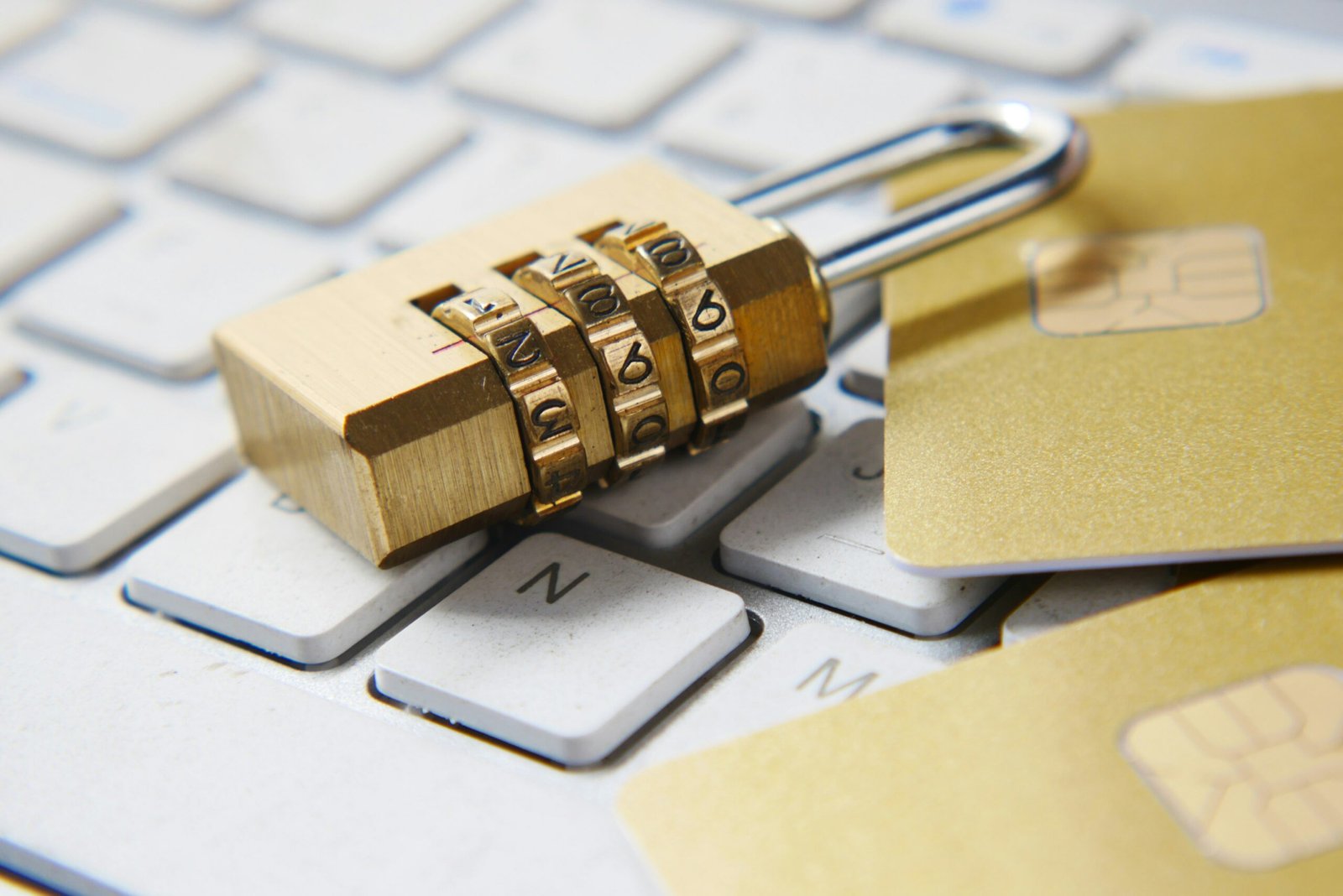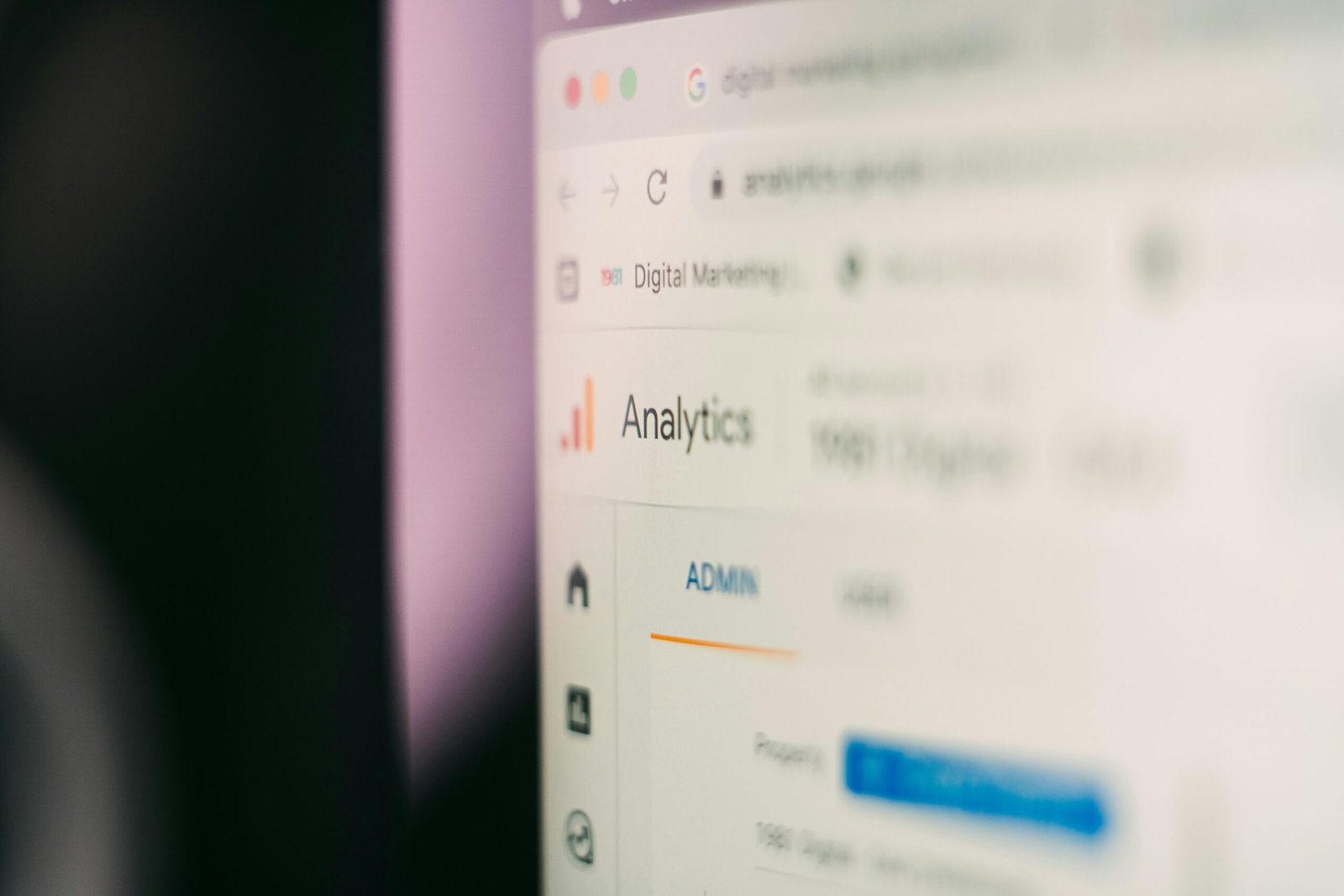Introduction
In today’s digital age, the threat posed by data breaches and cyberattacks is increasingly pronounced. As technology continues to advance, so too do the techniques employed by malicious actors seeking to access personal information. Individuals find themselves navigating a landscape where the protection of their personal data is more critical than ever. The implications of data theft extend beyond mere inconvenience; they can lead to identity theft, financial loss, and severe breaches of privacy.
Common problems faced by individuals include phishing schemes, where attackers masquerade as legitimate entities to trick users into revealing sensitive information. Additionally, weak passwords and poor cybersecurity hygiene can leave personal data vulnerable to unauthorized access. The rise of ransomware demands another layer of concern, wherein hackers encrypt files and extort money for their release. Everyday users, often unaware of the risks, may inadvertently compromise their data security through simple oversights, such as using the same password across multiple platforms.
This article aims to illuminate the pressing issues surrounding data security and provide actionable insights for readers. Throughout the following sections, individuals will learn effective strategies for safeguarding their personal data against potential threats. The discussion will encompass best practices in cybersecurity, the significance of updating software, and the utility of VPNs in protecting internet traffic. Furthermore, we will explore tools and resources available that can aid in enhancing data protection. By understanding these essential strategies and remaining vigilant, individuals can significantly bolster their defenses against the ever-evolving landscape of cyber threats.
Common Threats to Personal Data
In the digital age, safeguarding personal data is of utmost importance due to the prevalence of various cyber threats. One significant type of threat is phishing attacks, which involve deceptive communications, often via email, designed to trick recipients into divulging sensitive information. For instance, cybercriminals might impersonate a trusted entity, asking individuals to confirm their account details or passwords. According to a report by the Anti-Phishing Working Group, the number of reported phishing attacks surged by over 20% in the last year, indicating a growing risk to personal data.
Another prevalent threat is malware, which encompasses a range of malicious software designed to infiltrate systems and steal information. Ransomware, a type of malware, encrypts a victim’s files and demands payment for their release. Recent statistics suggest that organizations that suffered from ransomware attacks faced an average recovery cost exceeding $1 million, emphasizing the severity of this threat. Individuals are not immune, as there are numerous documented cases where personal data has been compromised through ransomware incidents.
Social engineering also represents a significant risk to personal data. This tactic involves manipulating individuals into revealing confidential information. For example, a hacker may pose as a legitimate IT support person, asking employees for their login credentials under the guise of system maintenance. A study by the Ponemon Institute revealed that 55% of organizations experienced a social engineering attack in the past year, pointing to the widespread vulnerability of personal data in the hands of unsuspecting individuals.
These threats highlight the pressing need for heightened awareness and proactive measures against the risks facing personal data. With cyber threats continuously evolving, individuals and organizations must remain diligent in implementing robust security practices to mitigate potential breaches.
Effective Strategies for Protecting Personal Data
As digital threats continue to evolve, safeguarding personal data from hackers has become increasingly critical. Implementing effective strategies can significantly reduce the risk of data compromise and enhance your online security. One of the most fundamental practices is the use of strong and unique passwords for each of your accounts. A robust password should ideally contain a combination of letters, numbers, and special characters. According to studies, utilizing password managers can help in generating and remembering complex passwords, thereby minimizing the likelihood of being hacked due to weak password practices.
Another effective measure is to enable two-factor authentication (2FA) across your accounts. This additional layer of security requires not only a password but also a second form of identification, such as a text message code or an authentication app. Research has shown that accounts with 2FA are significantly less likely to be compromised, as this extra step effectively deters unauthorized access even if a password is leaked.
Being cautious with public Wi-Fi is essential to protect your personal data. Hackers often exploit these networks to intercept sensitive information. Whenever possible, use a Virtual Private Network (VPN) when connecting to public Wi-Fi to create an encrypted tunnel for your internet traffic, which makes it difficult for cybercriminals to access your data.
Regular software updates play a crucial role in maintaining the security of your devices. Software developers frequently release updates that include security patches to address vulnerabilities. Keeping your operating system and applications up to date ensures that you benefit from these protective enhancements, reducing your exposure to potential attacks.
Lastly, utilizing encryption methods for sensitive files and communications can provide an added layer of security. Encryption transforms your data into unreadable code, ensuring that unauthorized individuals cannot access the content without the decryption key. Implementing these various strategies will empower you to protect your personal data against hackers effectively.
Conclusion and Next Steps
In today’s digital landscape, safeguarding personal data from hackers has never been more critical. Throughout this article, we have highlighted numerous strategies and proactive measures that individuals can implement to protect their information. First and foremost, employing robust passwords and enabling two-factor authentication can dramatically reduce the risk of unauthorized access. Furthermore, regularly updating software and utilizing reputable antivirus programs serve as essential defenses against evolving cyber threats.
Moreover, being vigilant about sharing personal data is paramount. Awareness regarding phishing scams and suspicious online activities can prevent individuals from falling victim to hackers’ tactics. Regularly monitoring financial transactions and employing services that alert users to unusual activities can further enhance personal security. It is crucial to recognize that protecting personal data is an ongoing effort that requires consistent attention and adaptation to emerging threats.
As you reflect on these insights, consider immediate steps you can take today to fortify your digital presence. Start by revisiting your online accounts and enhancing your password strategies—this simple yet effective action can significantly decrease your vulnerability. Additionally, engage with community discussions or forums to stay informed about new security measures and insights regarding data protection.
To foster a community around this vital issue, we invite you to share your thoughts on data protection in the comments section below. Your experiences and suggestions could provide valuable insights to others navigating the complexities of online security. Lastly, if you found this article beneficial, please consider sharing it on your social media platforms. Together, we can create greater awareness and a collective commitment to safeguarding our personal data against hackers.



